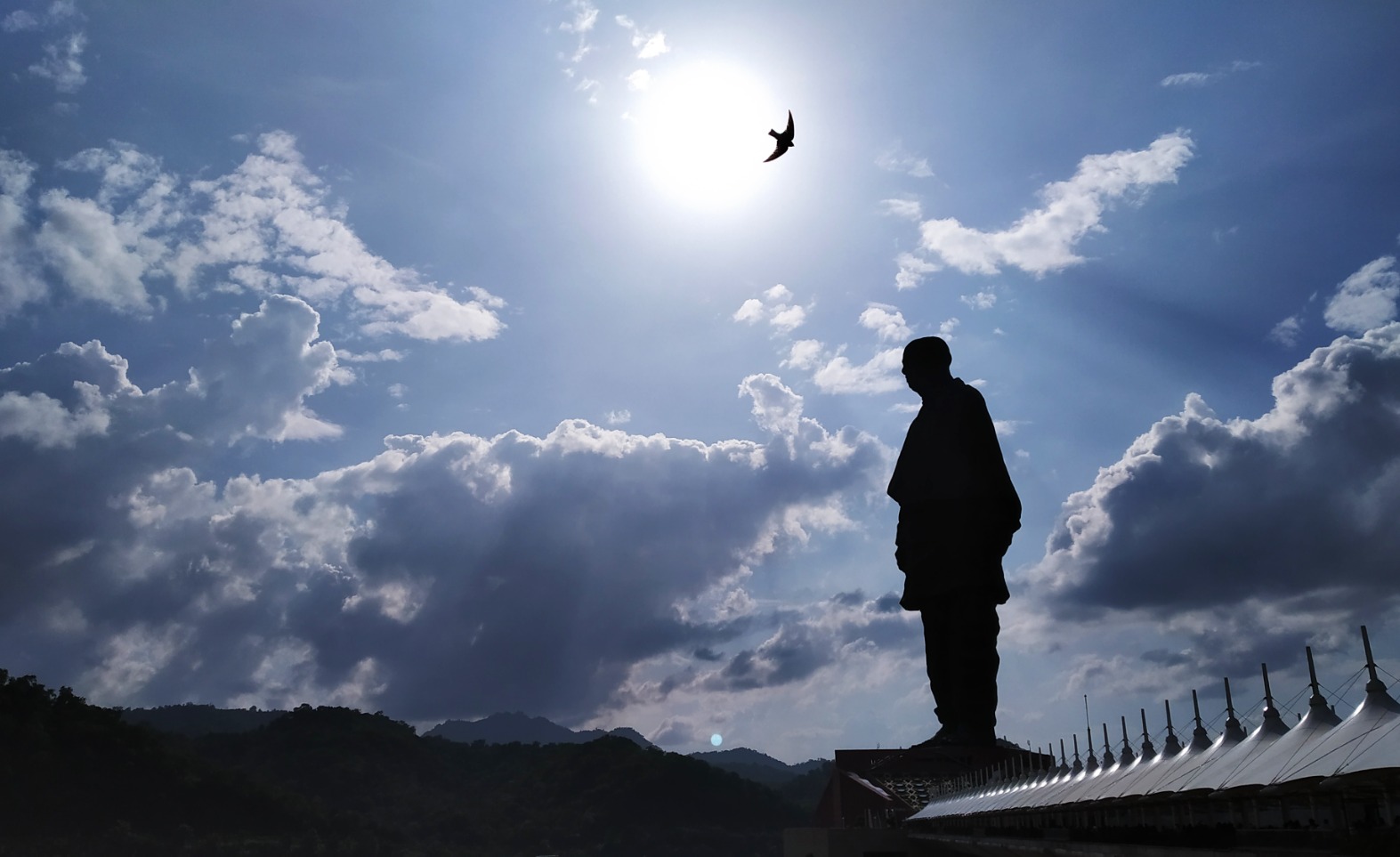
June 7, 2021
The long-term objective is having only battery-powered electric vehicles (EVs) operating in the tourist hub.
SOUADTGA plans to replace the need for petrol and diesel-powered vehicles in the area with EVs.
The plan will enable residents to invest in EVs for personal use through subsidies and benefits.
Women drivers will be encouraged with free training at the Kevadia Skill Development Center.

India will develop its first electric vehicles-only area in the town of Kevadia, Gujarat with the Statue of Unity Area Development and Tourism Governance Authority (SOUADTGA) announcing plans to provide the area surrounding the Statue of Unity with the necessary infrastructure for electric mobility. The town is already well-known for the Kevadia Tourism Circuit which covers 35 tourist places around the 182 metres high Statue of Unity.
Speaking on the occasion of World Environment Day, Prime Minister Shri Narendra Modi had emphasized the long-term objective of having only battery-powered electric vehicles (EVs) operating in the tourist hub of Kevadia, as reported by Economic Times on June 7.
The Statue of Unity Area Development and Tourism Governance Authority (SOUADTGA) headquartered in Kevadia, will oversee the replacement of petrol and diesel-powered vehicles in the area by providing tourists and residents with the option of electric buses and rickshaws. With the help of subsidies, the authority will enable residents to purchase EVs for personal use and offer the same benefit to its officers and employees. Additionally, the authority will take steps to encourage women residents to become drivers by providing them access to free training at the Kevadia Skill Development Center.
In 2019, the second phase of the Faster Adoption and Manufacture of Electric Vehicles (FAME) scheme projected India’s domestic EV market to record an annual growth of over 35 per cent in the next few years. Through improved market traction, the FAME II scheme aimed to popularise electric and hybrid vehicles with subsidies offered for up to 1 million EV two-wheelers.
Current estimates suggest that EVs will account for up to 10 percent and 30 percent of total two-wheeler and three-wheeler vehicle sales by 2025. Investment information and credit ratings agency, ICRA attributes this trend to the low operating costs and attractive subsidies available for these vehicles. Despite the ongoing Covid-19 pandemic causing a decline in global automotive demand, ICRA states that EVs have witnessed a 40 per cent growth in previous years. The agency estimates this gradual growth will continue, given their inevitable popularity of EVs in the future.